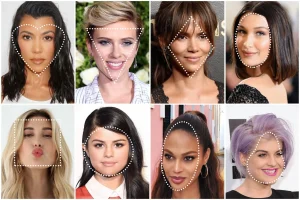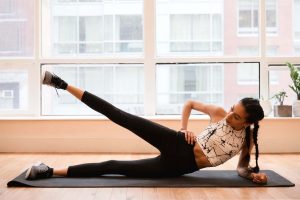Strategi Cerdas Bermain Slot Online dengan Modal50 untuk Rookie dan Senior
Strategi Cerdas Bermain Slot Online dengan Modal50 untuk Rookie dan Senior Di era digital saat ini, bermain slot online menjadi salah satu pilihan hiburan yang digemari banyak orang. Dengan modal50,…
Judi Online di Indonesia: Menjadi Pemain Profesional dalam Dunia Virtual
Perjudian online semakin populer di Indonesia. Banyak orang mulai beralih ke permainan judi online karena mudah diakses dan menawarkan berbagai pilihan permainan menarik. Meskipun di Indonesia perjudian dilarang, namun banyak…
Tren Judi Slot Gacor: Modal50 dan Peluang Menarik di Dunia Permainan Online
Tren Judi Slot Gacor: Modal50 dan Peluang Menarik di Dunia Permainan Online Siapa sangka, di tengah kesibukan hidup sehari-hari, banyak orang mencari hiburan yang mengasyikkan, dan modal50 hadir sebagai salah…
Strategi Cerdas Menggunakan Modal50 untuk Sukses di Dunia Slot Online
Strategi Cerdas Menggunakan Modal50 untuk Sukses di Dunia Slot Online Dalam dunia perjudian online, khususnya permainan slot, manajemen dana adalah hal yang sangat krusial. Modal50 hadir sebagai solusi yang tepat…
Strategi Ampuh Untuk Menang di Slot Gacor yang Makin Populer di Kalangan Pemain Online
Strategi Ampuh Untuk Menang di Slot Gacor yang Makin Populer di Kalangan Pemain Online Slot gacor gampang menang menjadi perbincangan hangat di kalangan para pemain judi online. Popularitas permainan ini…
Mengenal Slot Gacor: Tren Terbaru dan Strategi dalam Dunia Judi Online
Mengenal Slot Gacor: Tren Terbaru dan Strategi dalam Dunia Judi Online Pernah dengar tentang slot gacor? Di tengah maraknya judi online, istilah ini semakin santer diperbincangkan. Banyak pemain yang mencari…
Panduan Lengkap Mengetahui Slot Online dengan WA77: Dari Dasar hingga Strategi Kombinasi Unggul
Panduan Lengkap Mengetahui Slot Online dengan WA77: Dari Dasar hingga Strategi Kombinasi Unggul Slot online telah menjadi salah satu pilihan utama dalam dunia perjudian digital. Dengan adanya berbagai platform yang…
“Spaceman Slot: Inovasi Mengguncang Dunia Permainan yang Bikin Penasaran!”
Spaceman Slot: Inovasi Mengguncang Dunia Permainan yang Bikin Penasaran! Dalam beberapa waktu terakhir, dunia slot machine dihebohkan dengan hadirnya spaceman slot. Permainan ini mengusung tema luar angkasa yang futuristik, lengkap…
Ombak Toto: Panduan Lengkap Bonus dan Strategi di Dunia Slot Online.
Ombak Toto: Panduan Lengkap Bonus dan Strategi di Dunia Slot Online Ombak Toto telah menjadi salah satu pilihan populer bagi para penggemar permainan slot online. Platform ini menawarkan berbagai jenis…
Dunia Perjudian Online di Indonesia: Antara Pasang Taruhan dan Hoki
Perjudian Online di Indonesia: Sebuah Perkembangan yang Menarik Perjudian online di Indonesia saat ini semakin menjadi topik yang menarik untuk dibahas. Dengan semakin berkembangnya teknologi internet, banyak orang mulai beralih…


